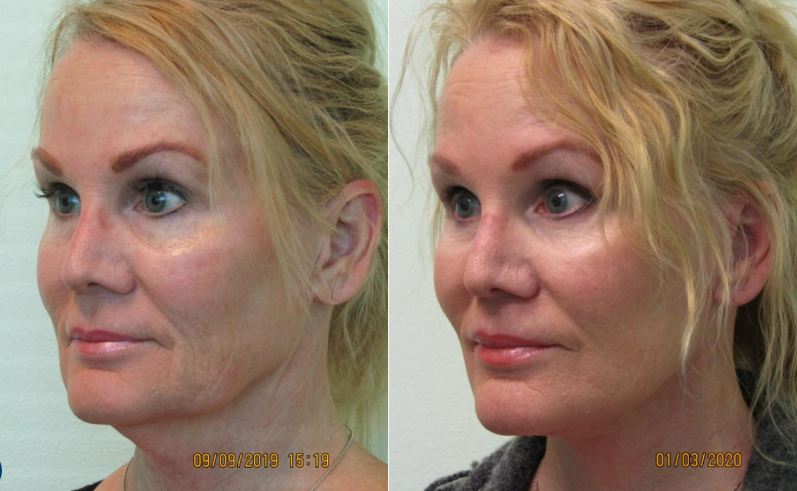
For men and women who wish to change their sexual orientation, gender affirming surgery can be done. This involves transforming the skin and penis of a male or a female to make them more feminine or vice versa. There are a few procedures that can be performed, such as a hysterectomy (orchiectomy). Others include inversion of skin and penis.
Hysterectomy
The surgical procedure of gender affirming surgery or hysterectomy (or gender changing surgery) is when a male is surgically transformed from a girl to a boy. Approximately 0.4% of the population is transgender. Gender dysphoria can lead to emotional and physical pain. The most common treatment is medical management, but surgery is also an option for transgender man. Some common surgical procedures for transgender men include hysterectomy and bilateral salpingo-oophorectomy. Only 3.3% of transgender males had hysterectomy to change their gender according to the American College of Surgeons National Surgical Quality Improvement Database.
The concept of gender affirmation by hysterectomy is still new and evolving. It has been done historically for pathological reasons. A coexisting diagnosis of gender dysphoria may have resulted in a hysterectomy. Recent years have seen insurance providers begin to cover this procedure.

Orchiectomy
Transgender patients' surgical transition begins with an orchiectomy (or removal of the testicles). It removes the testicles from the patient and lowers the level of testosterone, the masculine hormone. This surgery can lower blood clot risk and simplify the patient's hormonal regimen.
The procedure is simple and can be carried out on an outpatient base. Recovery time ranges between two and eight weeks, depending on the technique used and the surgeon. It costs between $3000 and $10,000 in Australia and may be covered by Medicare or private health insurance.
Inversion of skin, penis
The inversion skin-penis procedure is one of most popular transvaginal surgeries. It is also known as the "gold standard" of genital reconstructive surgery for transgender females. It involves inverting the penis into a vagina in order to recreate the natural look of a woman’s vagina. The procedure takes about three to five hours and may require several days of recovery. To protect the new skin position, a special dressing will be placed in the vagina after surgery.
During the procedure a standard protocol must be followed. The doctor will explain aftercare instructions to the patient. The medical team will give you a kit that can be used at home to follow up dilations. Follow-up emails will be sent to you and appointments will be made with your surgeon.

Recovery time
Post-surgery healing is crucial for gender-affirming procedures that involve the conversion of a male penis to one female. The recovery period can last anywhere from four to eight weeks, depending on the specific surgery performed. A mastectomy is the most common procedure, although a vaginoplasty and breast augmentation are also possible. Both procedures can be done with a minimum of one week of rest. They may take between five and six weeks.
Gender-affirming Surgery aims to decrease testosterone production in the body. This can help eliminate the need for hormone therapy or hormonal-suppressive medications. This procedure may allow you to have a natural child. It is possible to have gender affirming surgery, male or female, within a short time frame. This depends on the nature of the procedure and the patient.